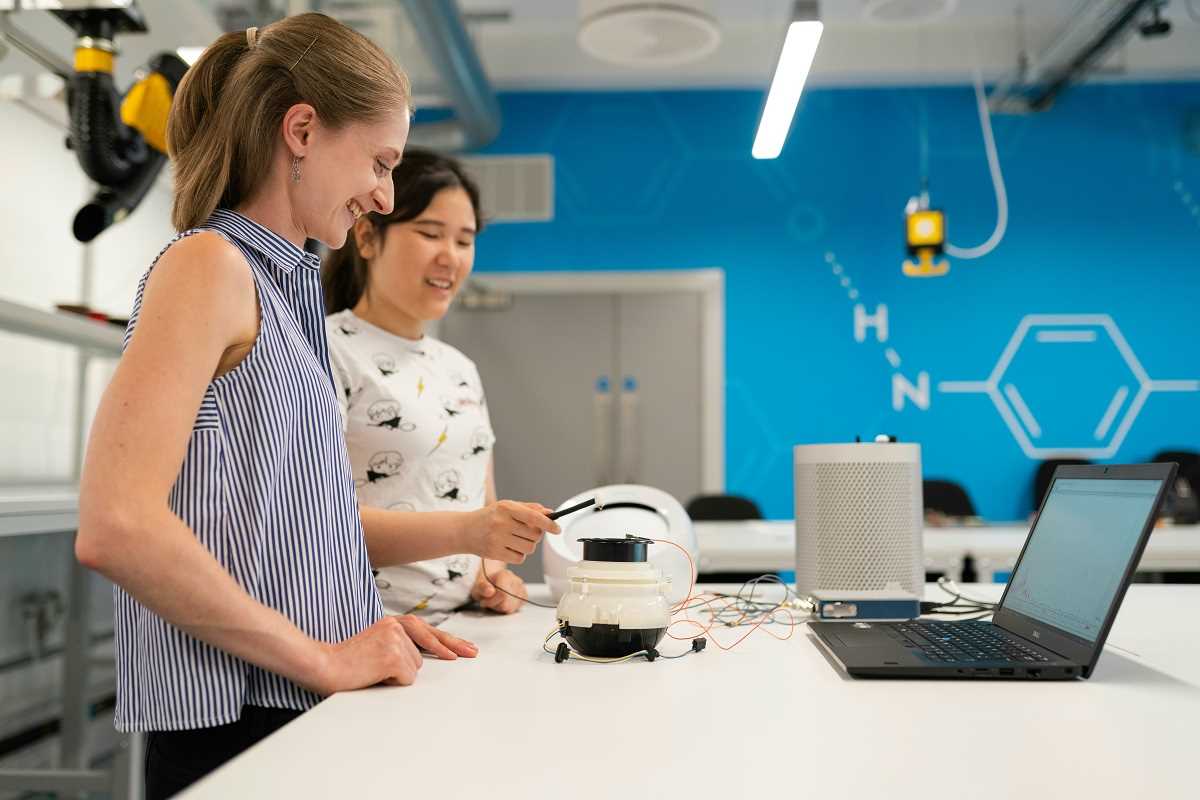Engineering projects thrive on the fusion of creativity, technical acumen, and specialized tools. University makerspaces serve as the perfect playground for engineering students eager to transform their ideas into tangible realities. Within these collaborative environments, students find a treasure trove of resources that cater to every stage of their project journey. From the spark of initial concept development to the intricate processes of prototyping and testing, makerspaces equip students with the tools and support they need. These vibrant hubs not only nurture innovation but also foster a sense of community among budding engineers, empowering them to shape the future with their creations.
What is a University Makerspace?
- Tools and Equipment: Access to 3D printers, laser cutters, CNC machines, electronics stations, and woodworking tools.
- Materials: A wide range of materials including plastics, metals, fabrics, and electronic components for diverse project needs.
- Workspaces: Flexible areas designed for individual work, group collaborations, and large-scale projects.
- Expertise and Support: Staff and mentors are available to provide guidance on using equipment and overcoming technical challenges.
- Community and Collaboration: A vibrant community of students, faculty, and external partners creates a collaborative atmosphere.
Benefits of Using Makerspaces for Engineering Projects
- Hands-On Learning: Gain practical experience by working directly with tools and materials, bridging the gap between theory and practice.
- Resource Accessibility: Utilize expensive or specialized equipment that might not be available individually, which reduces project costs.
- Innovation and Creativity: Experiment with new ideas and approaches in a supportive environment that encourages creative problem-solving.
- Skill Development: Enhance technical skills, such as CAD design, programming, and fabrication techniques, which are essential in engineering careers.
- Project Acceleration: Move projects forward more quickly with access to the necessary tools and a collaborative support system.
Getting Started with Your Project
Starting a project in a makerspace can seem daunting at first, but following a structured approach helps you navigate the process smoothly. Define your project goals and outline the necessary steps to achieve them. Identify the tools and materials you'll need, and assess your current skill level to determine if you require additional training or support.
Once you have a clear plan, schedule time in the makerspace and familiarize yourself with the available resources. Don't hesitate to reach out to staff or peers for advice on best practices and efficient use of equipment. By taking these initial steps, you'll set a solid foundation for a successful project.
Collaborating and Networking in Makerspaces
Makerspaces serve as more than just places to work on projects—they act as communities where you can build valuable connections. Engaging with fellow students and faculty opens doors to new ideas and collaborations. Participate in workshops, seminars, and group projects to expand your network and gain diverse perspectives.
Effective collaboration involves clear communication and a willingness to share knowledge. Building strong relationships within the makerspace community leads to partnerships that enhance your projects and provide support throughout your academic journey.
Maximizing Your Makerspace Experience
- Plan and Prioritize: Define your project objectives and break them down into manageable tasks to stay organized and focused.
- Learn the Tools: Take advantage of training sessions and tutorials to become proficient with the equipment you'll be using.
- Stay Organized: Keep your workspace tidy and maintain a system for tracking materials and project progress.
- Seek Feedback: Regularly consult with peers and mentors to refine your ideas and improve your project outcomes.
- Document Your Work: Keep detailed records of your process, including designs, modifications, and lessons learned.
- Engage with the Community: Attend events and participate in discussions to stay connected and inspired by others' work.
- Utilize Online Resources: Supplement your in-person work with online tutorials, forums, and collaborative tools to enhance your skills.
For students looking to further their careers, excelling academically remains essential while gaining practical experience. By following these steps, you can maximize your time in the makerspace and build a robust portfolio that showcases your abilities.
 (Image via
(Image via





